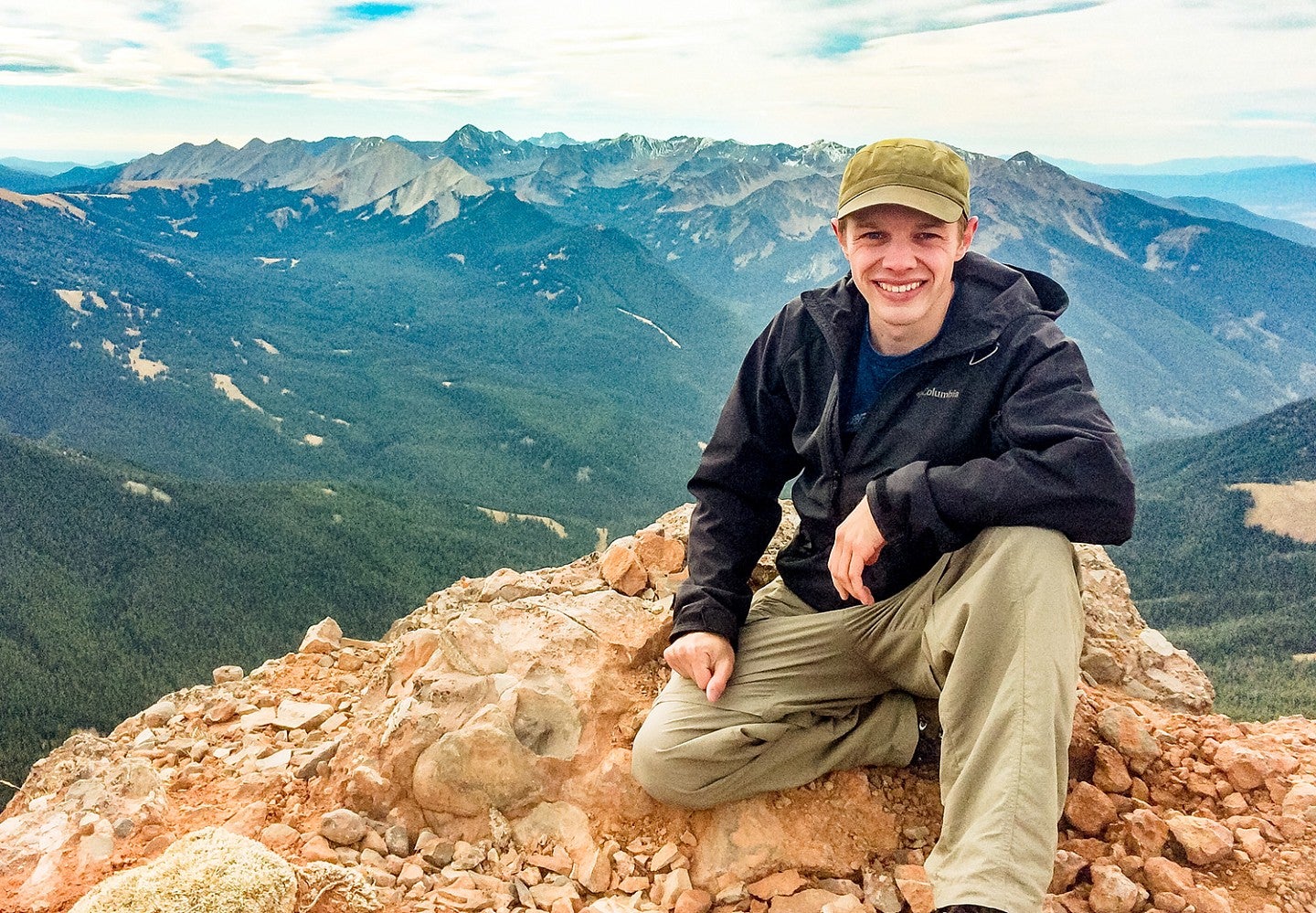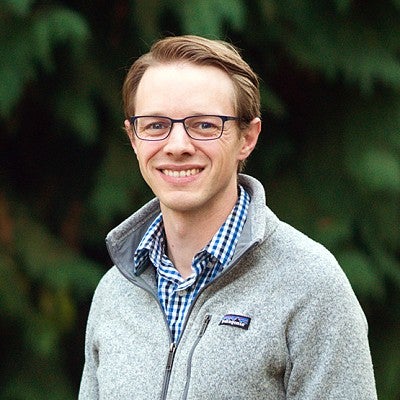
For his Communication and Media Studies Master’s capstone project, Travis Wilson ’24 examined how the popular television series “Yellowstone” impacted his beloved state of Montana. After the show was released in 2018, Wilson watched as wealthy developers flocked to the state. The new development brought sprawl to the natural landscape he loved and disrupted the streams where he fished.
“My study attempts to uncover a longstanding myth of how visual culture has led to the social and physical change of the state of Montana,” Wilson said. “Specifically, in how the cultural myth of the American frontier has been creatively reproduced through visualized entertainment to promote fantasy over reality for the purpose of creating and regulating power relations among territories, races and genders.”

Frontier myth is reinforced by pop culture
Wilson, who graduated in 2024 with a master’s degree from the UO School of Journalism and Communication (SOJC), took a deep dive into the show using qualitative text analysis. He looked for visual indicators of the frontier myth, which he learned about in an environmental studies class called Environmentalism in Pop Culture. These themes or codes are present in most movies or shows about the frontier.
He realized many movies and television shows tell the same story over and over, reinforcing who has the right to live in a pristine natural area and who doesn’t. Wilson noticed, for instance, that the white ranchers in “Yellowstone” are portrayed in beautiful scenes where everything is green and the sky is open and blue. The Native Americans on the show are depicted on the reservation, where everything around them is brown and dead.
“The photographer or cinematographer will always serve as a gatekeeper for how we look at the natural world. We need to be mindful of that,” Wilson said. “When people act based on the images they see on their television, then someone is setting the agenda for making this come to be.”
Those who stop to take a picture of an iconic mountain scene, for instance, might want the photo to convey how rugged and remote the area is. But that representation is not true when 500 people are waiting in line to take that same picture.
“In other words, no matter our best efforts, human technology or artistic capabilities can never fully capture the sublime reality and authenticity of wilderness through a frame. Furthermore, our attempts to do so blur the line between reality and fiction,” Wilson said. “This project is my attempt to evaluate, understand and describe how the discourse of visual media is breathing new life into the wilderness at the intersection of nature and culture.”
—By Jennifer Snelling
Jennifer Snelling is a Eugene-based journalist who writes about education. She earned her master’s in journalism from the SOJC in 2001.
